One of our most spectacular insects – The Swallowtail Butterfly – has been spotted on Hoveton Great Broad by skipper Tobi while he ran a Discovery School Trip for children to learn about the Broads and its ecology.
With a wing span of up to 93mm and a distinctive forked tail that lends it its name, the Swallowtail Butterfly is not only Britain’s largest butterfly it is also one of the rarest since it can only be found on Broadland reed beds. This is because Swallowtail butterfly caterpillars will only eat a plant called Milk Parsley, which can only grow in the particular micro climate found in our reed beds.
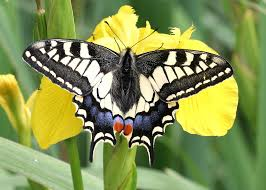
We pass Hoveton Great Broad on all of our boat trips but it is almost hidden from the river by trees and has been cut off from navigation for more than 100 years. The wildlife sanctuary has a real wilderness feel as it can only be visited by boat – simply hire one of our day boats by the hour and take a short trip down stream to the Hoveton Great Broad Nature Trail moorings. From there you can follow a narrow boardwalk made of railway sleepers through magical reedbeds, where the Swallowtail butterfly can be spotted, passing Carr Woodland to eventually reach two bird hides on the Broad. This has specially designed floating nesting platforms for Common Terns, which migrate all the way from Africa to nest on them.
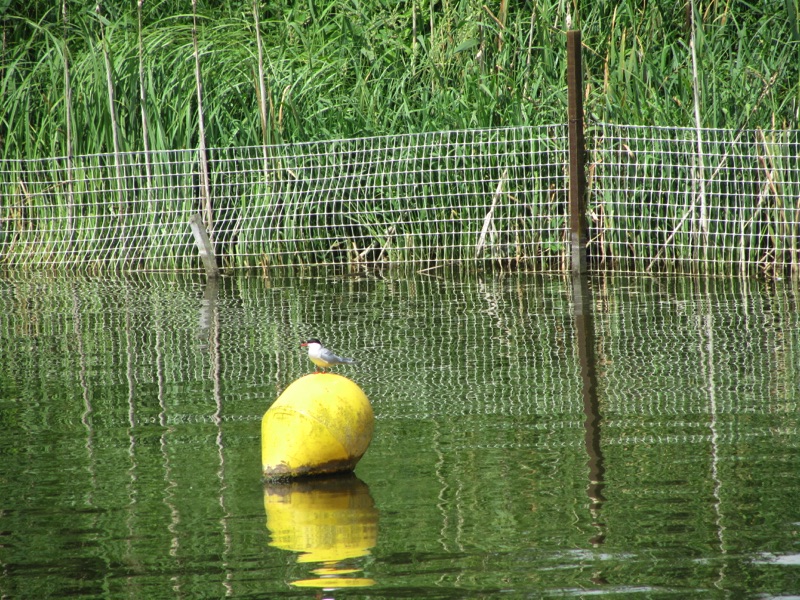
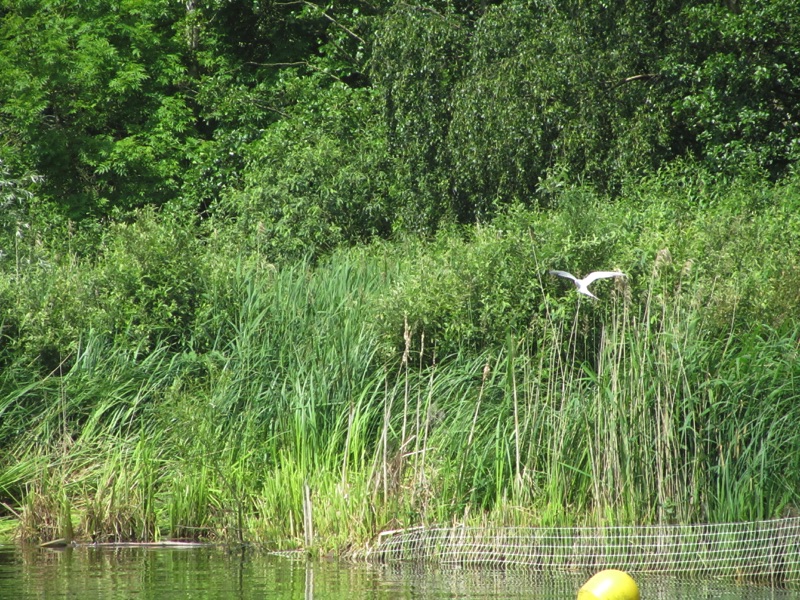
Another magical moment came for another of our Skippers Oli, who heard the mystical sound of Bitterns booming in reed beds at the nearby Hickling Broad recently. These rare and illusive species which were once threatened by extinction, but are slowly recovering in numbers, make an eerie booming sound similar to blowing over a bottle top.
Along the river banks we are seeing pink flashes of colour from Dog Roses, which are great for bees. These insects need all the help they can get these days.
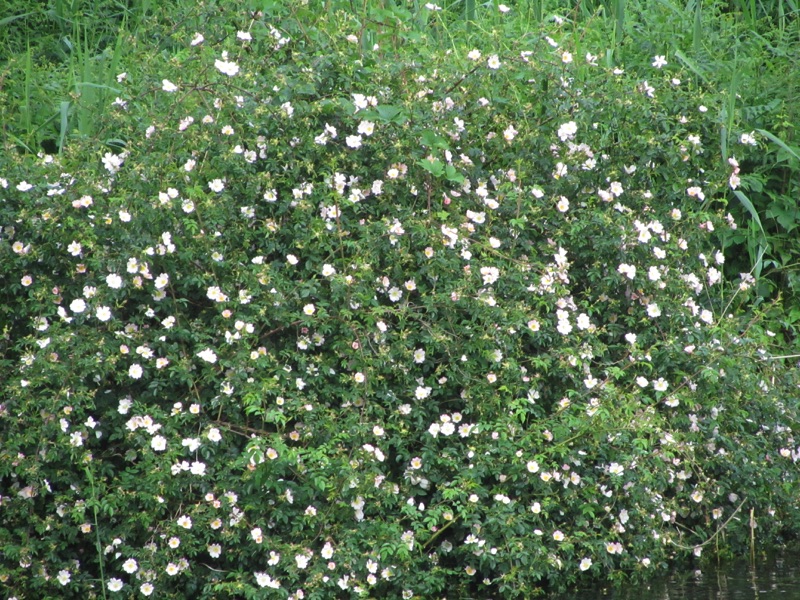
Another fantastic sight is both white and yellow water lilies lining our banks. Aside from looking beautiful this is particularly important because lilies are an indicator species of water quality.
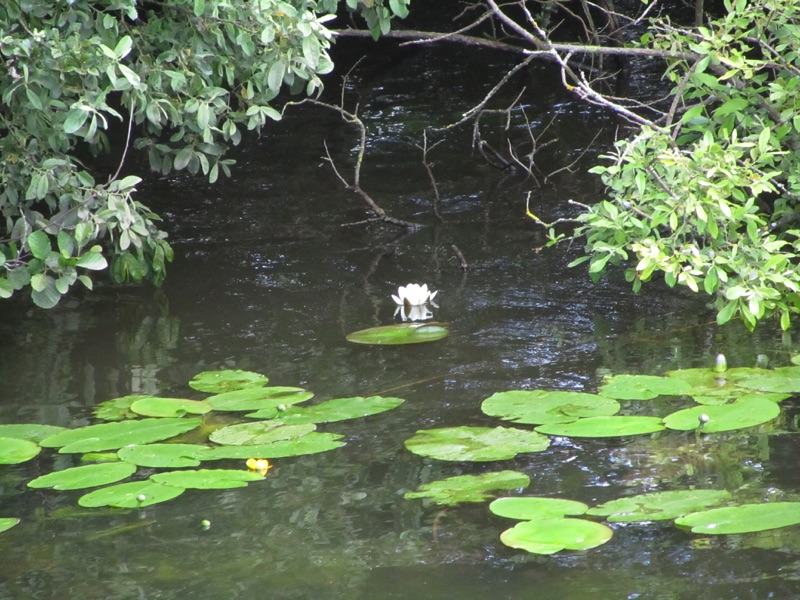
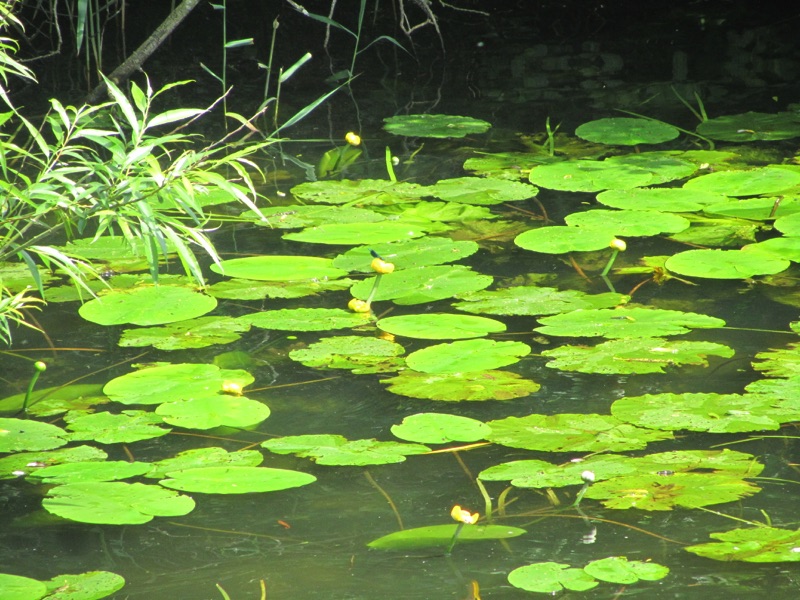
Yellow water lilies can only live in clean water and white water lilies need exceptionally good water quality. The fact that we have both types in abundance shows just how clean our waterways are. A great sign for all types of Broadland wildlife!
Words and pictures by skipper Oliver Franzen. If you have taken any wildlife pictures on our trips we would love to share them on this blog. Simply send them to info@broads.co.uk or via Twitter @BroadsTours or Facebook by searching Broads Tours or Instagram norfolk_broads_direct
